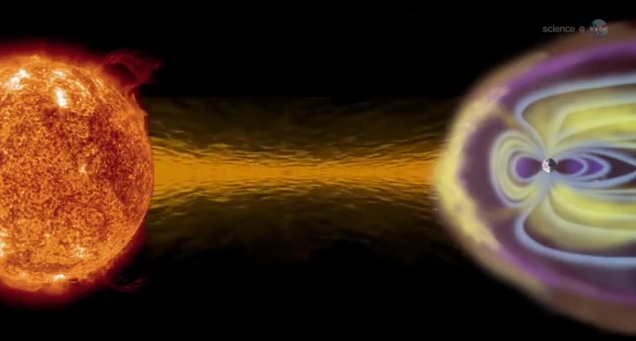 Why don’t we have Bigfoot in a cage yet? Why hasn’t he been captured? When do we get definitive proof? How hard can it be?
Why don’t we have Bigfoot in a cage yet? Why hasn’t he been captured? When do we get definitive proof? How hard can it be?
As it turns out it’s harder than we might imagine. Few of us are actually privy to the painful process of discovery. We find out the results, the path that worked out. We usually aren’t told about the failed theories, the false trails, the dead ends. So, when we look at things like finding Bigfoot it’s easy to get discouraged.
This video, courtesy of KTUL in Tulsa, Oklahoma, outlines the findings of some dedicated Bigfoot after four years of looking. Some of their observations are pretty interesting. They’ve found signs of primate activity. They’ve also found some logic to why it’s difficult to capture the creatures on camera. This video leads you briefly through everything. The full report is available in PDF format.
Does this get us closer? Maybe. They certainly provide some food for thought that other Bigfoot searchers might consider, especially when it comes to technologies. They might even be on the track to get us the proof that we crave. Time will tell, as it always does. We’ll keep watching and waiting.



